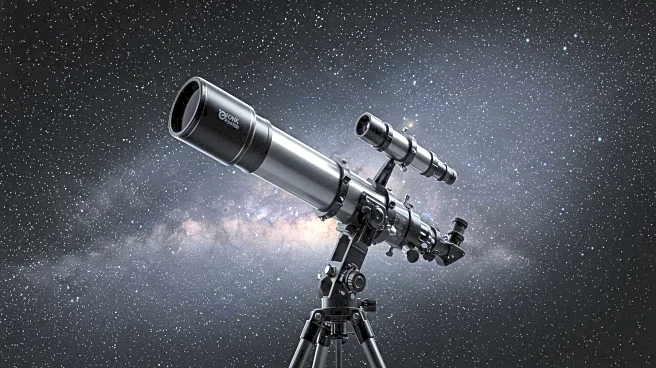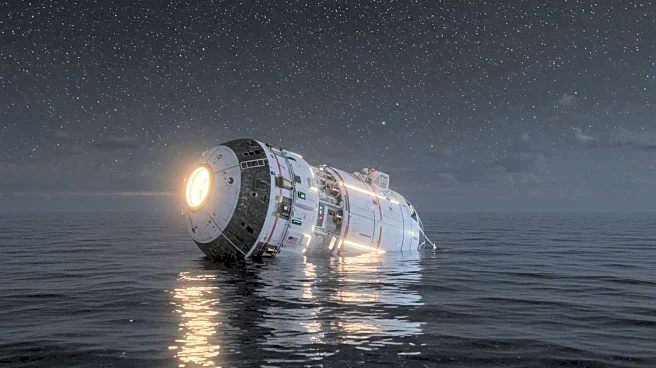Rapid Read • 7 min read
NASA's Nancy Grace Roman Space Telescope is set to launch by May 2027, aiming to explore cosmic expansion and the nature of dark energy. The telescope will conduct three core community surveys, including the High-Latitude Time-Domain Survey, which will detect tens of thousands of type Ia supernovae. These supernovae are crucial for measuring the universe's expansion history, which is influenced by dark matter and dark energy. The Roman Space Telescope will complement ground-based observatories by capturing faint and distant supernovae, expanding the timeline of cosmic expansion history to about 11 billion years ago.
AD
The Roman Space Telescope's mission is significant for understanding dark energy, a mysterious force driving the universe's accelerated expansion. Recent findings suggest dark energy may be weakening, challenging the notion of it being a constant force. By tracing cosmic expansion over time, the telescope could provide insights into the fundamental nature of dark energy, impacting theories of cosmology and the universe's fate. This research could influence scientific understanding and future space exploration strategies.
The Roman Space Telescope will spend 75% of its observing time on core surveys, with the High-Latitude Time-Domain Survey focusing on transient objects. Observations will occur over five years, revisiting fields regularly to detect changes. The survey will also include an extended component to study long-term transients, potentially revealing events from the universe's early history. Collaboration with ground-based observatories will enhance spectroscopic analysis, aiding in identifying supernova types and refining cosmic expansion measurements.
AD
More Stories You Might Enjoy










